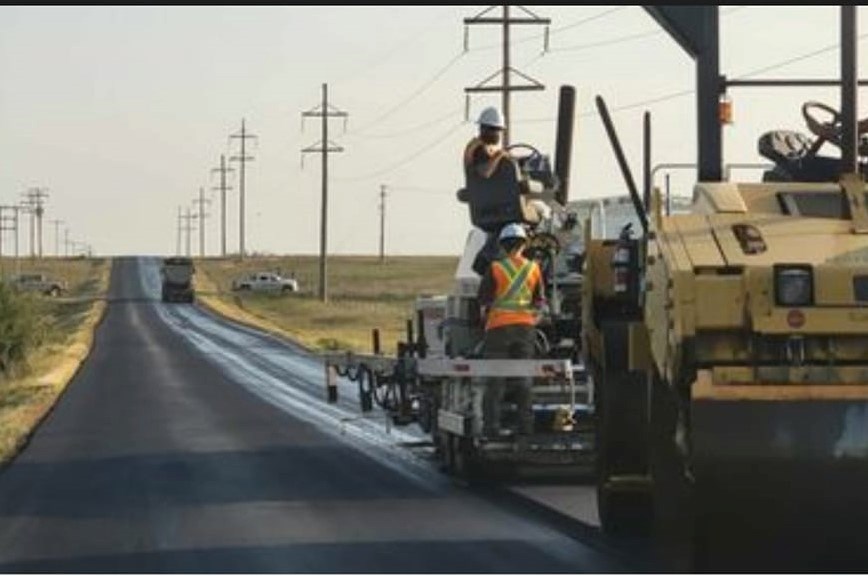It was August of 2001. One of the events I covered that summer was the Roche Percee Trail Ride and Wagon Trek, which was organized for many years by the Souris Valley Trekkers and the Roche Percee Rec Board.
In addition to the wonderful scenery of the Roche Percee Valley, the beautiful horses, and the great times had on the trails and in the campground area, people were talking about two things: the wedding that took place at the event that weekend and the condition of the Roche Percee Access Road.
To this day, I'm surprised I made it to Roche Percee that weekend while driving my 1987 Chevrolet Cavalier. That stretch of road might be less than four kilometres, but it was in horrible condition. After that weekend, I slotted it a close second behind Highway 47 north of Stoughton as the worst road I had encountered in the southeast. (Keep in mind that porous stretch of Highway 47 is more than 80 kilometres, while the access road is less than four).
I'm from Langley, B.C. We don't have roads like those. Our biggest highway threats in B.C. would be tight, winding roads through the mountains and the traffic for the stretches that cut through the cities.
Driving the Roche Percee Access Road suddenly had me yearning for the nightmarish, high-traffic areas found in B.C.'s Lower Mainland and the Fraser Valley, like the junction of Highway 1 and 264th Street – a mainstay in traffic reports.
There have been some efforts to patch up the Roche Percee Access Road over the years, but there's only so much work that can be done. Eventually, the patchwork has to stop and the road needs a fresh layer of asphalt.
The residents of Roche Percee and the many people who venture down the road for work-related purposes or to view the pierced rock formations near the village will be excited to see that the road has finally been resurfaced. It's not as extensive as what we saw from Fillmore to Stoughton on Highway 33 earlier this summer, but hopefully, it will have some longevity.
Motorists can now take that scenic drive into Roche Percee without having to dodge potholes and wonder how many new obstacles have been added to that road since they drove it previously.
Admittedly, from a provincial perspective, it's a lightly used road. It's hard for the Ministry of Highways and Infrastructure to justify dropping a lot of money into the road because it doesn't have a lot of traffic.
But it's their responsibility to look after the road, and once it becomes hazardous to drive – which I think it was – they have to do something. Frankly, the government should have resurfaced the entire stretch years ago, rather than just the 800 metres closest to Highway 39.
And when it is a road used for tourism, maintenance becomes imperative. You don't want to have out-of-town visitors getting a negative first impression because the road is terrible.
Now we have to find other roads to complain about.
The government has done a decent job on our roads in recent years. They put money into resurfacing Highway 18 west of Outram, although the stretch between Estevan and Outram remains one of the worst in the southeast.
Highway 47 from Estevan to Stoughton is overdue for a thick layer of asphalt so that it can handle the heavy truck traffic that rumbles down that route on a daily basis.
And yes, Highway 47 from Stoughton to the Trans-Canada Highway is still one of the worst you'll find anywhere.
It's good that the government poured some money into Highway 33 from Stoughton to Fillmore, and it's good there has been investments for such routes as Highways 18, 39 and 13 in recent years, but there are a lot of kilometres of highways down here with a lot of heavy trucks due to the industries we have been blessed with.
I know Saskatchewan has a lot of kilometres of paved highways to maintain and we don't have the massive tax base of other provinces. But we do have to remember the amount of trucks down here and the impact of the southeast region on the provincial economy.



